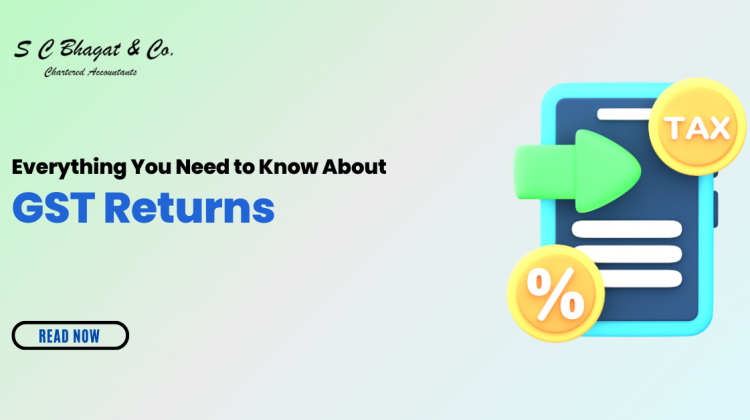If you are a business owner or a taxpayer in India, you must be familiar with the Goods and Services Tax (GST) regime that was introduced in 2017. GST is an indirect tax that replaced several other indirect taxes such as Value Added Tax (VAT), Central Excise Duty, and Service Tax. It is a comprehensive tax that is levied on the supply of goods and services across the country. Under the GST regime, every registered taxpayer is required to file GST returns. In this article, we will discuss everything you need to know about GST returns, including their types, due dates, and the process of filing them.
Types of GST Returns
There are several types of GST returns that taxpayers are required to file based on their business activities. Here are the most commonly filed GST returns:
GSTR-1
GSTR-1 is a monthly or quarterly return that contains details of outward supplies or sales made by the taxpayer. It includes information such as the name of the customer, the invoice number, the value of goods or services supplied, and the GST charged. GSTR-1 is due on the 11th of the following month for monthly filers and the 30th of the following month for quarterly filers.
GSTR-3B
GSTR-3B is a monthly return that summarizes the taxpayer’s sales, purchases, and input tax credit (ITC) claimed. It is a self-declaration form that needs to be filed by the 20th of the following month.
GSTR-4
GSTR-4 is a quarterly return that is filed by taxpayers who have opted for the Composition Scheme. It contains details of the taxpayer’s turnover and tax liability under the Composition Scheme. GSTR-4 is due on the 18th of the month following the end of the quarter.
GSTR-9
GSTR-9 is an annual return that contains details of the taxpayer’s outward and inward supplies made during the financial year. It also includes details of ITC claimed and reversed during the year. GSTR-9 is due on the 31st of December following the end of the financial year.
Process of Filing GST Returns
Filing GST returns is a simple process that can be done online on the GST portal. Here are the steps to file GST returns:
- Log in to the GST portal using your GSTIN and password.
- Go to the Returns Dashboard and select the return you want to file.
- Fill in the details of the return such as the details of outward supplies, inward supplies, and ITC claimed.
- Once you have filled in all the details, preview the return to check for errors.
- If there are no errors, submit the return using your digital signature or Electronic Verification Code (EVC).
Due Dates for Filing GST Returns
It is important to file GST returns within the due dates to avoid penalties and late fees. Here are the due dates for filing GST returns:
- GSTR-1: Monthly – 11th of the following month, Quarterly – 30th of the following month
- GSTR-3B: 20th of the following month
- GSTR-4: 18th of the month following the end of the quarter
- GSTR-9: 31st of December following the end of the financial year
Late Fees for Filing GST Returns
If a taxpayer fails to file GST returns within the due dates, they are liable to pay late fees. Here are the late fees for filing GST returns:
- GSTR-1: Rs. 200 per day (Rs. 100 under CGST and Rs. 100 under SGST)

